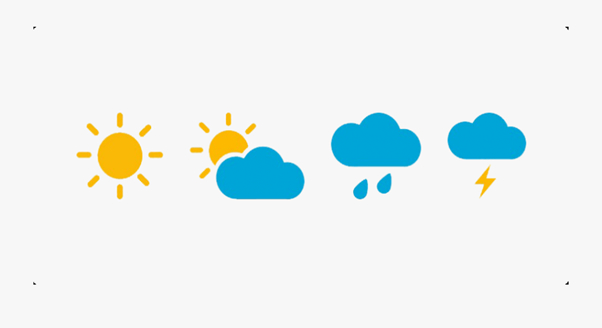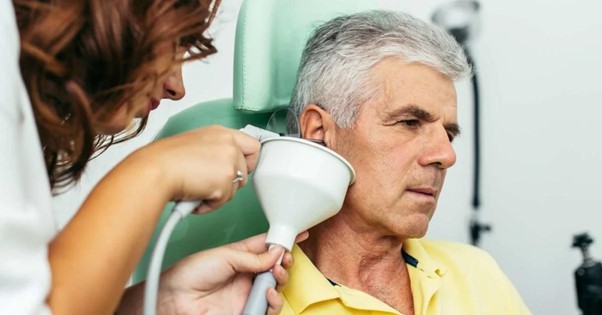Coping with Allergies_ Emotional Support and Resources for Allergy Sufferers

Coping with Allergies: Emotional Support and Resources for Allergy Sufferers
Coping with allergies can be a major challenge for many people. Allergies are common yet highly individualized and difficult to manage.
From hay fever, food allergies, and asthma, to skin allergies and more, the physical symptoms associated with allergic reactions can range from mild irritation to life-threatening emergencies. The psychological toll of allergies can be just as difficult.
While some people may only experience mild emotional distress related to their allergies, others might struggle with depression or anxiety due to the uncertain nature of the condition and its potential impact on lifestyle choices.
Coping with Allergies: Emotional Support
Living with allergies can be stressful, but it is important to remember that you are not alone. Emotional support is key when it comes to coping with allergies.
Talk to someone about it
It’s essential to talk to someone you trust about your allergies, whether it’s a family member, friend, or therapist. When you’re feeling overwhelmed, talking to someone can help you feel heard, understood, and validated.
It can be difficult to express how allergies affect your daily life, so communication with someone understanding can make you feel less alone.
Join support groups
Many allergy support groups exist online or in person, where people with allergies can share their experiences and receive support.
Attending support groups can be a great way to gain new insights into your condition, learn about how others cope, and find people who understand and empathize with your situation.
Stay connected
Allergies can make you feel socially isolated, so it’s important to continue to maintain relationships with those closest to you.

Attend social gatherings, connect with others going through the same thing, participate in activities you enjoy, and spend time with the individuals you love.
Keep a journal
Writing down your feelings and emotions can help manage stress and anxiety about your allergies. Journaling can help you express your experiences, reflect on your progress, and track your triggers.
Practice Mindfulness
Mindfulness can help in internalizing and acknowledging your emotions and sensations when it comes to your allergies.
It includes breathing exercises, meditation, and other techniques that can help you focus on the present moment and reduce anxiety.
Resources for Allergy Sufferers
There are many resources available to help allergy sufferers better understand their condition and manage symptoms.
Organizations such as the Asthma and Allergy Foundation of America (AAFA) offer educational materials and support group opportunities, while the American College of Allergy, Asthma & Immunology (ACAAI) provides online and in-person resources.
Additionally, many schools, daycares, and other institutions offer comprehensive allergy management programs to help protect allergic individuals from exposure to allergens.
Tips on Managing Symptoms and Triggers
Identify your triggers
The first step in managing allergies is identifying the triggers that cause your symptoms. Keep a journal of your activities and symptoms, and note any potential triggers. This can help you avoid these triggers in the future.
Check the weather
Pay attention to the pollen counts and weather conditions to know when to stay indoors. On days when pollen counts are high, consider staying inside with the windows closed and the air conditioner running.

Keep your home clean
Dust, vacuum, and clean your home regularly to reduce pet dander, dust mites, and mold. Use a vacuum with a HEPA filter to trap allergens, and wash your bedding in hot water weekly.
Wear a mask
When doing yard work or other outdoor activities, wear a mask to avoid inhaling pollen, dust, and other allergens. This can greatly reduce your symptoms.
Take medications
Over-the-counter antihistamines and decongestants can help relieve allergy symptoms. Talk to your doctor about prescription medications, allergy shots, or other treatment options to manage your allergies.
Use air purifiers
Use air purifiers with HEPA filters to reduce airborne allergens in your home. This can help improve indoor air quality and reduce your symptoms.
Avoid certain foods: If you have a food allergy, avoid foods that trigger your symptoms. This may involve reading food labels carefully and avoiding certain restaurants.
Manage stress
Stress can weaken your immune system and make allergy symptoms worse. Practice relaxation techniques like deep breathing, yoga, or meditation to manage stress and improve your immune system.

Dress appropriately
When going outside, wear long-sleeved shirts, pants, hats, and sunglasses to protect your skin and eyes from pollen and other allergens.
Know when to seek medical care
If your symptoms are severe and affect your daily activities or quality of life, seek medical care. Your doctor can help you manage your allergies and recommend appropriate treatment options.
Conclusion
Living with allergies can be challenging and overwhelming, but the emotional and physical impacts do not have to control your life.
With proper self-care and an understanding of the resources available to you, it is possible to manage allergies safely and effectively.
By taking proactive steps in tracking symptoms and triggers as well as seeking emotional support when needed, allergy sufferers can learn to live their best lives even with allergens present.
Learn more.


